Butterflies are beautiful creatures that everyone should be able to enjoy. Unfortunately, the population of butterflies is declining at an alarming rate. Learning how to make butterfly nectar is one way to help support pollinators in your backyard.
There are many variations of DIY butterfly food. Your homemade nectar needs to include a source of energy (sugar), liquid (water), and trace minerals. Once cool, it can be poured into a store-bought butterfly feeder or one you make yourself.
While butterflies will love nectar-rich flowers in your butterfly garden, there’s no reason you can’t put up a feeder as well. If you have time this spring, help save the butterflies by making your own butterfly food. This easy tutorial will show you how to make butterfly nectar that is sure to attract butterflies to your garden.
Posts feature partner companies & may be sponsored. Post contains affiliate links & I will be compensated if you make a purchase after clicking on links. As an Amazon Associate I earn from qualifying purchases.
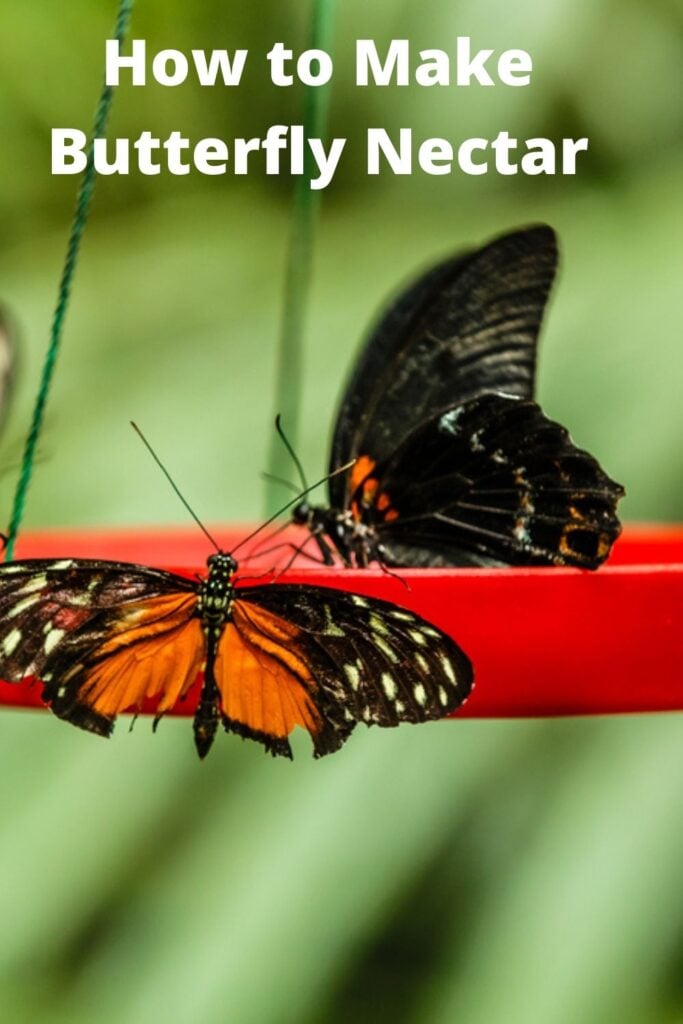
Table of Contents
Can butterflies eat hummingbird nectar?
Do you feed hummingbirds? While the nectar recipes might be similar, they are not the same. Hummingbirds and butterflies have different nutritional needs. Hummingbird nectar has a higher concentration of sugar than butterfly nectar does.
The simple syrup used in butterfly feeders is a 10% sugar-water solution. The best butterfly nectar ratio is 1 part sugar to 10 parts water.
While you may see butterflies showing an interest in hummingbird feeders, make this butterfly nectar recipe specifically for them if possible.
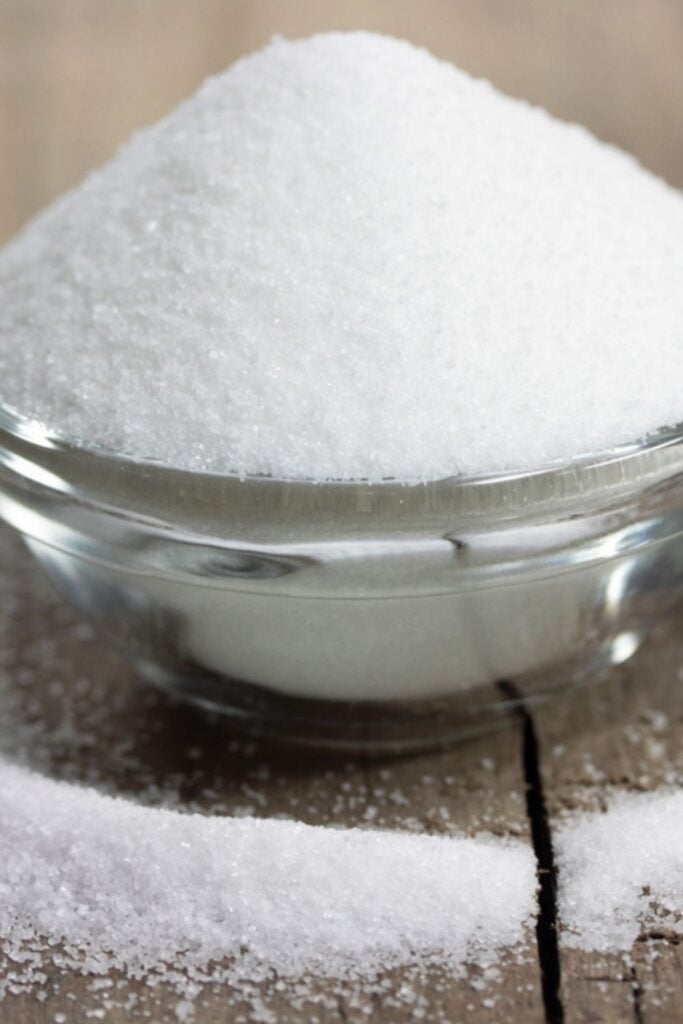
✯Don’t want to miss the next post?✯
Follow Turning the Clock Back on Facebook | Twitter | Pinterest
Or join the private Facebook group for simple tips on going green!
The Best Sugar for Butterfly Nectar
The best sugar for butterfly food is white table sugar. It is important that the sugar you use does not have any additives. Beet sugar, honey, and other sugars will work, but they may not be as attractive to butterflies as table sugar.
What kind of water should I use?
The water you use for your butterfly food should be clean and free of chlorine and other chemicals. If you are using tap water, allow it to sit out overnight so the chlorine can evaporate.
How do I store my DIY butterfly nectar?
Your homemade butterfly nectar will keep for about two weeks in the fridge. It is best to pour it into a clean, dry container with a tight-fitting lid and label it with the date you made it.
What are the benefits of using a butterfly feeder?
Butterfly feeders have a few advantages over-relying on flowers alone. First, they provide a consistent food source for butterflies. This is especially important in areas where there are not many nectar-rich flowers.
In addition, they provide a way for you to monitor the number of butterflies coming to your yard. This information can be used to help support local conservation efforts.
Finally, butterfly feeders are just plain fun! It is fascinating to watch these beautiful creatures up close as they feed.
If you are looking for a fun and easy way to help support pollinators, make homemade butterfly food. This simple recipe will provide the energy butterflies need to fuel their busy lives.
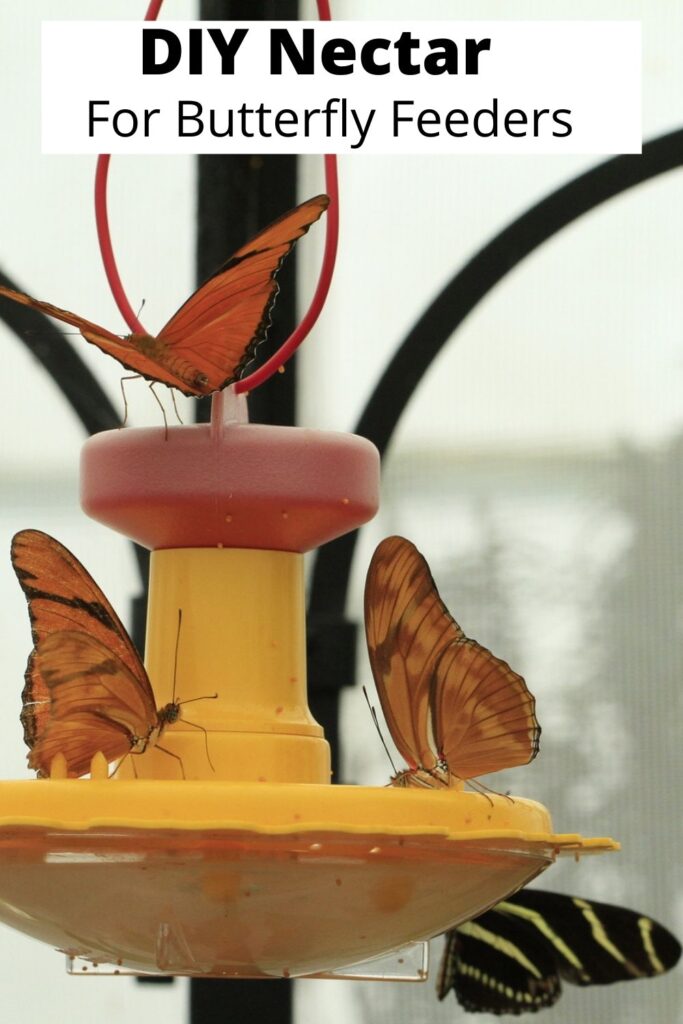
How to Make Butterfly Nectar
This butterfly nectar recipe includes everything butterflies need to fuel their short lives. Here is a quick tutorial to make butterfly food for your feeder:
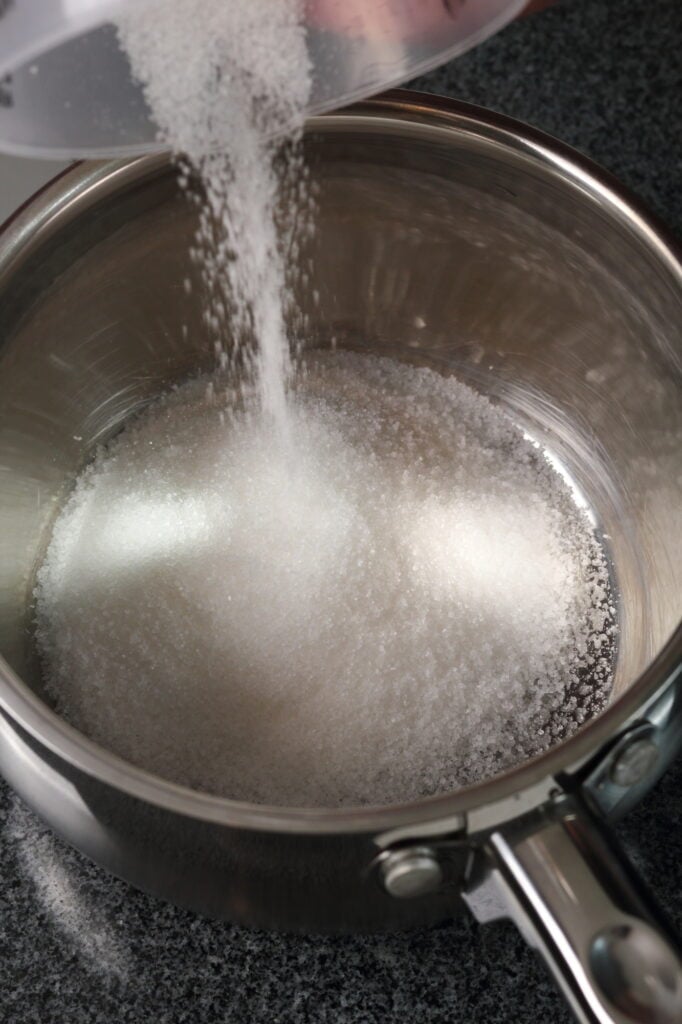
Butterfly Nectar Recipe
Ingredients
Granulated sugar (2 cups)
Tap water (2 cups)
Soy sauce (NOT low sodium) (2 tsp)
Instructions
- Heat the sugar and water in a saucepan. Bring to a boil over medium heat, stirring constantly, until the sugar is dissolved.
- Remove from heat and allow the mixture to cool.
- Gently stir in the soy sauce until thoroughly mixed.
- Pour into a clean, dry container with a lid and label with the date.
- Store in the refrigerator for up to two weeks.
- Pour the nectar into your feeder and enjoy watching the butterflies!
Why is soy sauce used in butterfly food?
Soy sauce may seem like an odd ingredient to be used in butterfly food. Why is it added? Soy sauce is full of salt which is essential for preventing butterfly disease and ensuring its survival.
Generally, butterflies have salt from mud and sand puddles. The addition of soy sauce enhances this DIY butterfly nectar with natural salt.
What about nectar recipes using Gatorade?
There are many butterfly food recipes that call for Gatorade or similar sports drinks. There is no need to make butterfly nectar with anything but plain water. While these drinks do provide butterflies with the electrolytes they need, they also contain other ingredients like artificial flavors and colors that can be harmful to butterflies.
It is best to stick with simple sugar-water solutions when making your own butterfly nectar. There is no need for fruit juice or any other liquid.
How often should I change my butterfly nectar?
You should change your butterfly nectar every few days to prevent it from going bad. Bacteria can grow in the sugary solution, which can make butterflies sick.
If you notice that your nectar is starting to develop mold, discard it and make a fresh batch.
How do you clean butterfly feeders?
Feeders should be cleaned on a regular basis to prevent the build-up of bacteria and mold.
To clean your feeder, simply remove the nectar and rinse it with hot, soapy water. Rinse well and allow to air dry before refilling with fresh nectar.
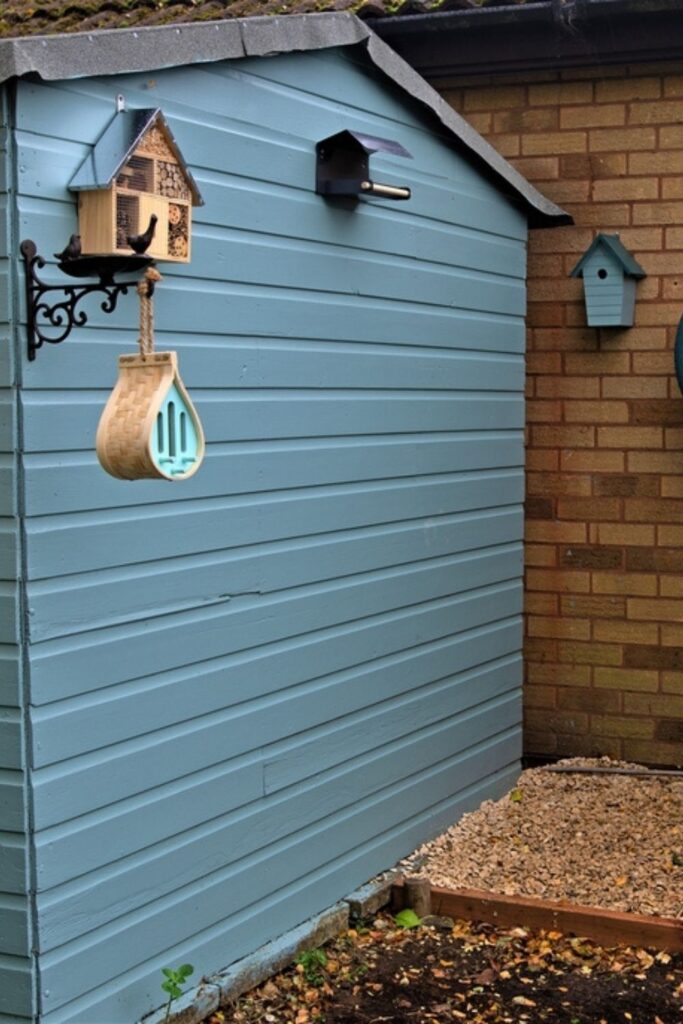
Where do you put butterfly food?
What will turn out to be a favorite feeding spot in your yard? You might have to try a few different areas before finding the best spot for your feeders. Try mounting a butterfly house on your shed and put the feeder nearby. That way, they get food and housing in one location.
Or, place it near flowers that are known to draw butterflies. For example, monarch butterflies love milkweed and many butterflies love rotting fruit that may drop from your backyard pear tree. Those would be ideal places to add other food sources like your homemade butterfly nectar.
4 Butterfly Feeders for Your Backyard
If you are looking to buy a butterfly feeder for your yard, here are five great options:
- 1. The Dahlia Butterfly Feeder, with Metal Stake is a beautiful feeder that will attract butterflies from all around. Inside a dramatic dahlia bloom, a crackle glass bowl holds a sponge that will soak up butterfly nectar and give these winged beauties a safe place to perch and sip.
- 2. The Wildlife World House and Feeder provides a summer feeding station and winter house for butterflies. Hang in a warm sheltered location, preferably near flowers to draw in butterflies. It holds 6 oz of nectar plus fruit pieces.
- If you have kids, try this Butterfly Feeder Kit Toy. Hang it on your porch, in your garden, or even set it down flat to let the butterflies flock and feed. It has red nectar wicks that allow for easy sipping and slurping for your local butterflies.
- Songbird Essentials Butterfly Feeder/Nectar Combo: The Songbird Essentials Butterfly feeder holds 6 oz of nectar plus fruit pieces. Bright yellow and red design that is easy to clean.
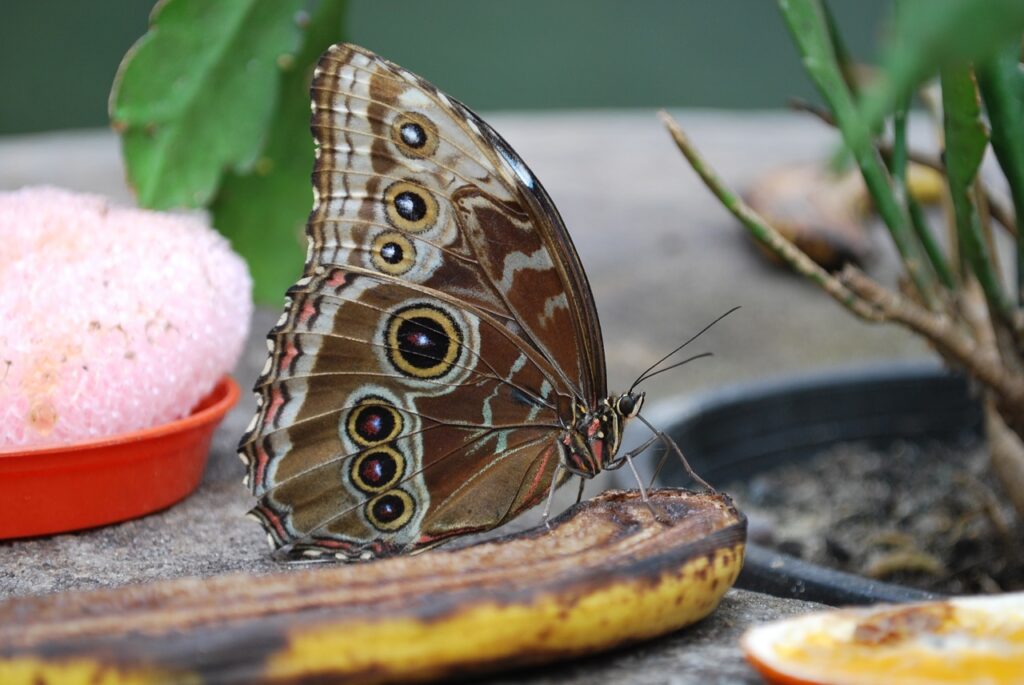
DIY Butterfly Feeder Ideas
Don’t want to buy a feeder? You can make your own instead. Remember, though, that your butterfly food will only stay good for up to a week so change it regularly.
You may also notice that it attracts bees and other insects so keep it away from areas children and pets may be playing.
Here are a few ways to serve your homemade nectar recipe to your winged friends:
A shallow dish or glass pie plate
Set out a saucer or pie plate of butterfly nectar on an outdoor table or shelf. Place it in an area where you will see the butterflies but away from any fans or windy areas. Add flower pot hangers and potted plants nearby for bright colors to catch their attention.
Placing it under the cover of a shady tree will help keep your nectar fresh longer. Make sure the resting place you choose is protected from pets or they may end up very sticky.
The benefit of using a shallow dish is that you can add overripe fruit as well. Butterflies really love bananas! You may want to look for one that has a sloping rim so they have somewhere to perch.
Chat with the produce manager at your local grocery store and see if they can give you overripe fruit that they can’t sell. Store extra bananas in the freezer until you need them.
You can also collect fallen fruit from nearby fruit trees. If your neighbor doesn’t mind, raid their crab apple stash. Rotting vegetation is cheaper than buying over ripe fruit from the store.
Sponge feeder
Soak a sponge in your nectar and attach it to a tree branch using household twine. Hang the feeder in an area where you will see the butterflies but away from any fans or windy areas. Placing it under the cover of a shady tree will help keep your nectar fresh longer.
Mason Jar Feeder
A Mason Jar Butterfly Feeder is a great way to recycle an old jar and add some beauty to your yard. All you need is a clean, dry Mason jar (or another small glass jar with a lid), wire clothes hanger, needle-nose pliers, hammer, a small nail, a sponge, and your nectar recipe.
First, use the needle-nose pliers to make a small hole in the center of the lid of your Mason jar.
Next, use the hammer and nails to make two small holes on either side of the lid. The holes should be big enough for the hanger to go through but not too big or the nectar will leak out.
Carefully put the hanger through the small hole in the lid and twist it so that the ends of the hanger are on either side of the lid. Use the pliers to pinch the hanger closed so that it stays in place.
Cut a 1-inch wide strip off the sponge and force part of it through the hole in the mason jar lid. You want a small portion of it to be peaking through the hole to the other side. This will be what the butterflies drink from.
Fill your feeder a few inches full with nectar. Keep the extra solution in the refrigerator until you need it again.
Screw the lid onto the top of the jar and slowly invert the jar so the sponge is on the bottom. Have some paper towels handy to wipe up spills.
Finally, hang your Mason jar feeder in an area where you will see the butterflies but away from any fans or windy areas. Placing it under the cover of a shady tree will help keep your nectar fresh longer.
Window feeder
This is a great way to watch butterflies up close. All you need is a large clear plastic shallow container and some wire. Cut a piece of wire that will fit around the top of your container and make 2 small loops for hanging.
Fill the container with your nectar recipe and hang it on the window nearest to where you will be spending time. If there are no real flowers nearby, try adding brightly-colored silk or plastic flowers instead. Of course, real plants are more attractive but do what you can!
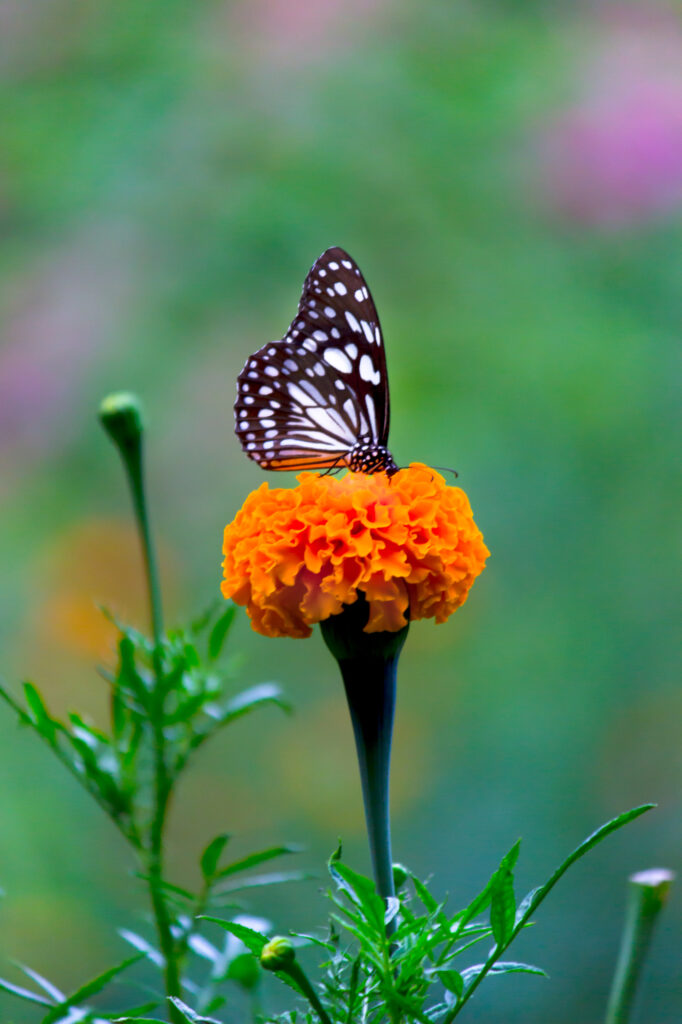
How to attract butterflies to your yard
There are a few things you can do to attract butterflies to your yard:
- Plant native flowers and bushes that butterflies are attracted to. Good options include butterfly bush, coneflower, daisy, and lilac. Use flower pot hangers to add brightly colored annuals around your yard.
- Avoid using pesticides in your garden.
- Put up a feeder and fill it with sugar water or nectar.
- Provide a source of water for the butterflies to drink from. A simple birdbath or pool will do.
- Keep your garden clutter-free so the butterflies can easily move around.
Check out a few of these posts for more information about attracting and feeding butterflies in your backyard:
- What Do Butterflies Eat And Drink? (Beyond Nectar and Flowers)
- Best Perennial Plants for Bees and Butterflies
- Tips for Planting a Butterfly Garden
Now that you know how to make butterfly nectar, get out your garden journal and start recording all the butterfly species that visit your yard!

Diane is a professional blogger and nationally certified pharmacy technician at Good Pill Pharmacy. She earned her BS in Microbiology at the University of New Hampshire and has worked in cancer research, academics, and biotechnology. Concern over the growing incidence of human disease and the birth of her children led her to begin living a more natural life. She quickly realized that the information she was learning along the way could be beneficial to many others and started blogging and freelance writing to share this knowledge with others. Learn more about her HERE.
